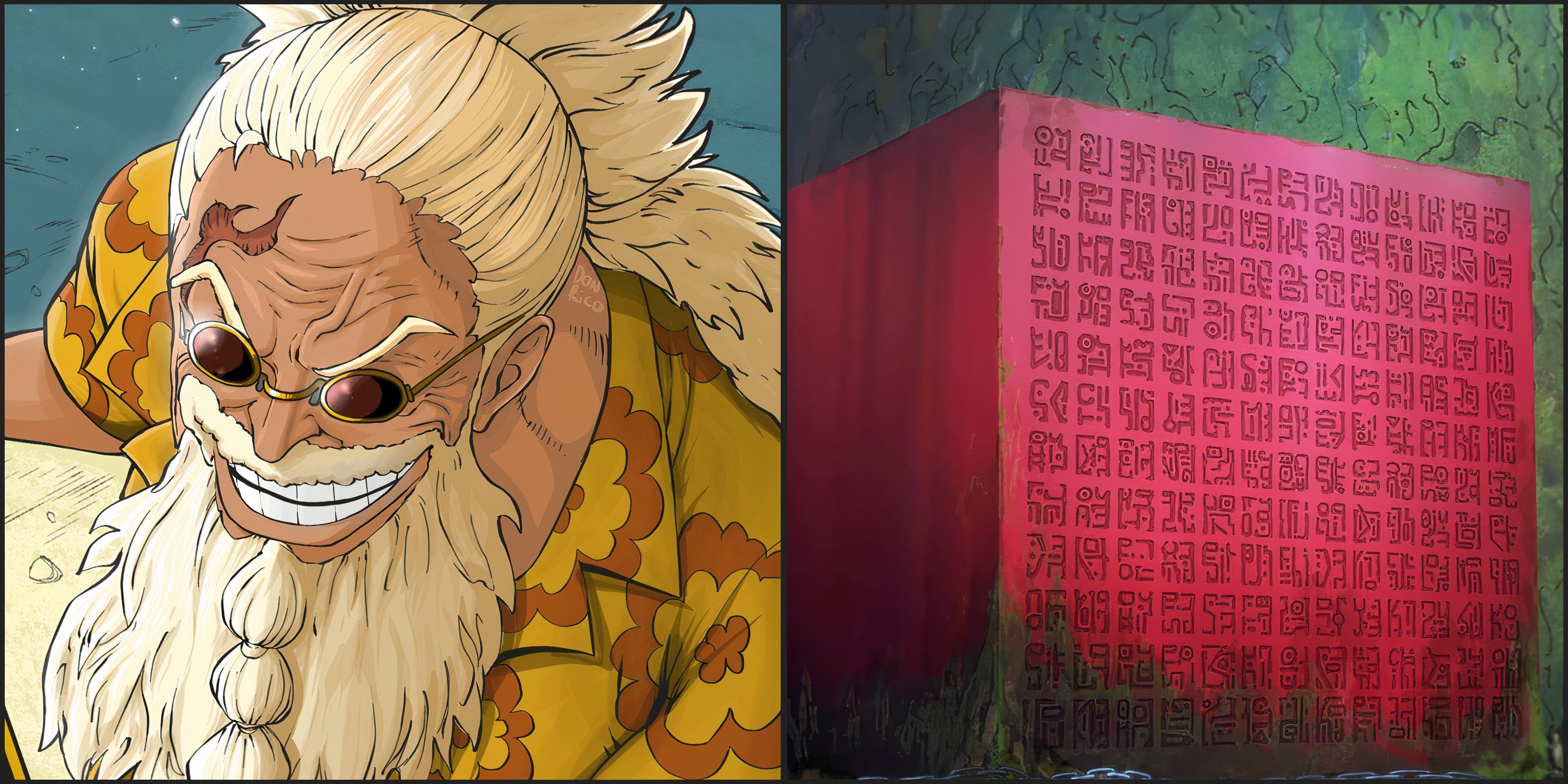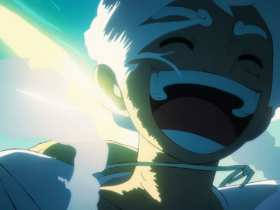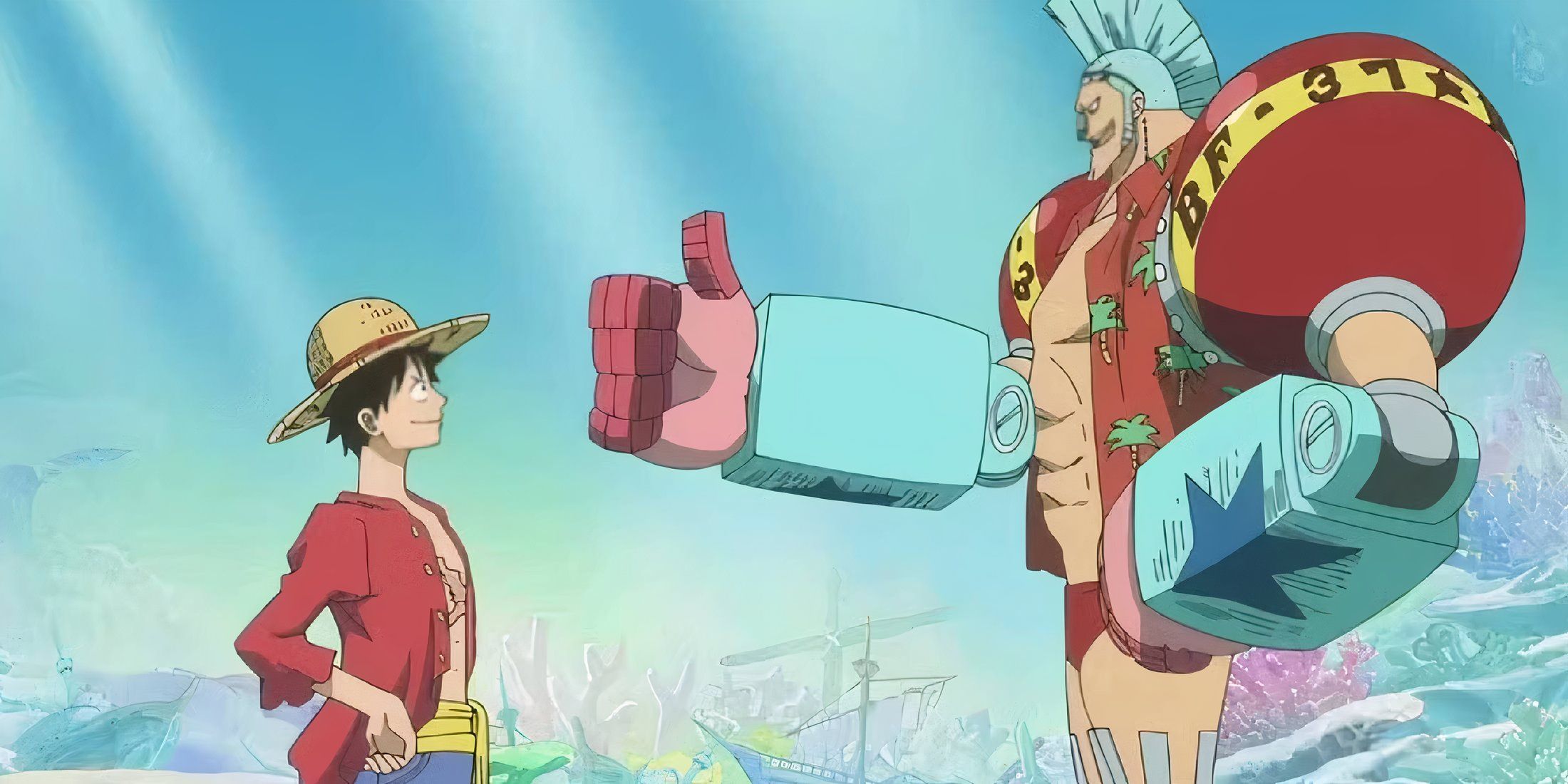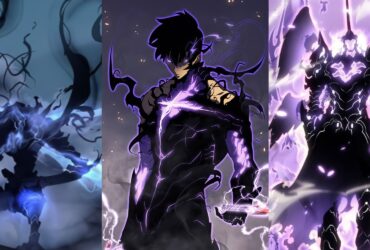Summary
- Fan translations precede official releases, but may contain inaccuracies and miss puns.
- Inconsistencies between fan translations and official releases can affect understanding.
- While fan translations have merits in speed, some prefer the accuracy of waiting for the official release.
One Piece has always had a huge community of very active fans, especially in foreign English-speaking countries. Always ravenous for more content, it seems like almost every fan in the modern One Piece community is always ready to jump on whatever new content is being released. However, with the One Piece manga taking a fair amount of time to release each week, fans have to eagerly wait for every piece of precious information in each new chapter.
Extremely curious and proactive fans have found ways to access new content early, utilizing shadier methods to get their One Piece content early. However, many times, seeing content before the official release can provide a few undesirable effects, mainly unreliable fan translations. However, are the differences between fan translations really that bad, or should fans always wait for the official chapter translation to be released before enjoying the story of One Piece?
Related
One Piece: Oda Reveals How He Makes His Villains Stronger
Oda loves to bring back old villains in One Piece. He also makes them stronger.
These Come Earlier Than The Official Translation
For the release schedule of One Piece, every new chapter is released on a semi-regular weekly basis, permitting for some breaks between some releases. However, far before every chapter is officially released, certain members of the One Piece community leaks spoilers for the latest release, posting it online before it reaches store shelves. From here, unofficial translators and members of the community provide their own translation before any production company releases their own version.
I was so close! – Buggy as a child before Laugh Tale
However, based on the differences between translations, the unofficial fan translation, and the official translation, sometimes there are a few inconsistencies. For example, the Straw Hat swordsman, Zoro, in the official manga translation, is called Zolo, despite most other sources referring to the character as Zoro. While this is a bit of a small detail, sometimes these translation differences can cause big levels of differences in the understanding of a scene.
Fan Translations Can Be Innacurate At Times
These Translations Also Sometimes Miss Puns
- Fan Translations Sometimes Misinterpret Oda’s Intent
- Some Jokes Are Lost In Translation
One big example of a fan translation misinterpreting a scene comes during the flashback of the Roger Pirates and their journey to One Piece’s Laugh Tale. In this scene, Buggy is incredibly sick and is unable to visit the island, forcing One Piece’s Roger Pirates to leave him behind. However, the fan translation of this scene leads the reader to believe that this disease is Buggy making up a lie, referring to his “you’ll-die-if-you-go-to-that-island-disease” similar to Usopp. In this case, the lack of accuracy of the translation makes the scene harder to understand overall.

Related
One Piece: Why Scopper Gaban Might Be Firescar, Explained
Scopper Gaban might be the individual known as Firescar. He will be essential to Luffy.
Due to things like this, while fan translations are faster, they are different enough that some members of the community view them as inaccurate. Especially with things like puns in One Piece and poetic language, it can be harder to accurately translate Oda’s intentions, leading to fan translations missing these details sometimes. For this reason, many fans prefer to wait for the official translation, rather than relying on something that could be considered inaccurate.
Fan Translations Still Have Their Uses
They Come Fast And Use Community Terms
The fan translations of One Piece aren’t without their merits. Besides their speed and ease of access, fan translations tend to use the names of characters and locations that are more universally agreed upon by the community, even if they aren’t the character’s official name. For example, fan translations generally refer to Zoro as “Zoro,” or One Piece’s Sea Kings as “Sea Kings,” as opposed to “Zolo” and “Neptunians”, respectively. While this doesn’t affect the accuracy of a chapter overall, it’s nice when the names of characters and locations are all on the same page, helping the audience comprehend each new release better.
Apparently it’s called, “You’ll-die-if-you-go-to-that-island-disease.” – Buggy’s disease in the fan translation
Still, in the end, the differences in translations seem to matter a fair deal. Even in the newest releases of One Piece’s Elbaf Arc, fans have discovered inconsistencies between the official releases and the fan translations of the chapters, leading to some inaccuracies in various fan theories and discussions. However, overall, the choice in translation is largely up to the preference of the reader, letting them choose what they view as the best version of One Piece.















Leave a Reply